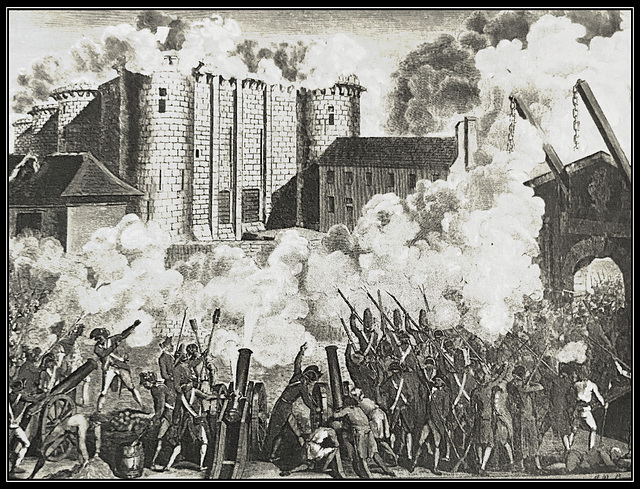See also...
Keywords
Authorizations, license
-
Visible by: Everyone -
All rights reserved
-
4 visits
this photo by Dinesh


An undated engraving by the Augsburg artist Paul Jakob Laminit showing the storming of the Bastille in Paris on July 14, 1789, a symbol of tyranny overthrown that was popular subject with German artists and writers in the early stagef of the French Revolution.
Alexander Prolygin has particularly liked this photo
- Keyboard shortcuts:
Jump to top
RSS feed- Latest comments - Subscribe to the comment feeds of this photo
- ipernity © 2007-2025
- Help & Contact
|
Club news
|
About ipernity
|
History |
ipernity Club & Prices |
Guide of good conduct
Donate | Group guidelines | Privacy policy | Terms of use | Statutes | In memoria -
Facebook
Twitter











Sign-in to write a comment.